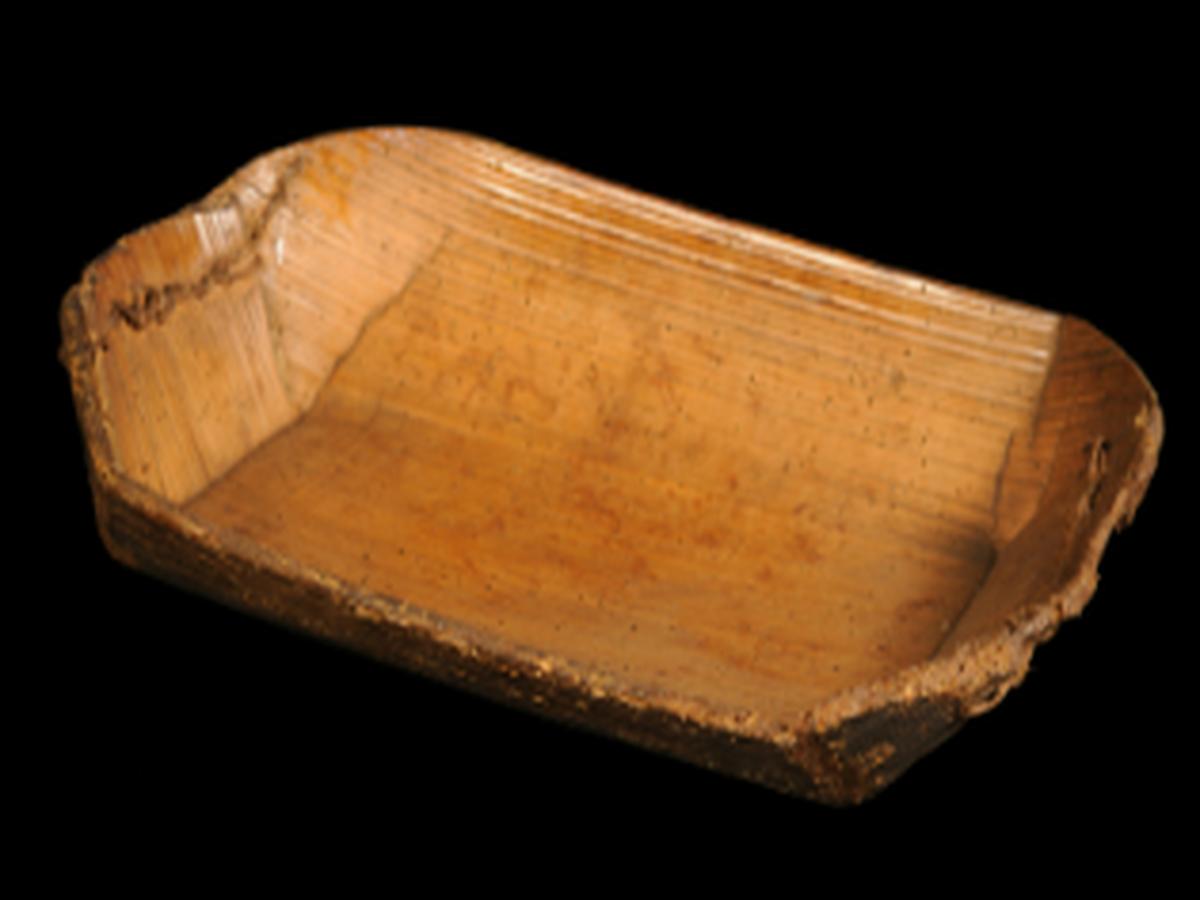State
Tribe Name
Art Type
short description
Crafted from the spathe of the betel nut plant, this pair of traditional plates from the Lotha Naga tribe of Nagaland presents an ingenious use of natural materials in everyday life. The spathe, known for its flexibility and strength just the right degree for a biodegradable substitute to serve the purpose of temporary utensils, was quickly acknowledged by the Lotha artisans. With flat, elongated shapes, the plates are reminiscent of little rafts. On either extreme, one of the two plates features cane whitings, which will give strength and maintain the shape of the plate. Besides holding spathe together, these cane strips ornament the piece, showcasing the artistry of the Lotha community in plant crafting
Thumbnail

Filter Postion
Left
Filter Background
Off
Theme
Filter Header Image

content
Image

description
Crafted from the spathe of the betel nut plant, this pair of traditional plates from the Lotha Naga tribe of Nagaland presents an ingenious use of natural materials in everyday life. The spathe, known for its flexibility and strength just the right degree for a biodegradable substitute to serve the purpose of temporary utensils, was quickly acknowledged by the Lotha artisans. With flat, elongated shapes, the plates are reminiscent of little rafts. On either extreme, one of the two plates features cane whitings, which will give strength and maintain the shape of the plate. Besides holding spathe together, these cane strips ornament the piece, showcasing the artistry of the Lotha community in plant crafting
Image Mode
landscape
Image

description
These plates could be used for serving food during public feasts, rituals, or offered as disposable utensils during ceremonial occasions. Light, durable, and naturally water-resistant, they connect to the sustainable lifestyle and environmental harmony observed by the Lotha Nagas. This sets the premise for productive workmanship by the tribe, which understands its environment and resourcefully transforms available materials into their homes. Nowadays, plates like this one are less used as modern alternatives have come into play. Yet they hold great significance as cultural materials testifying to traditional ecological knowledge and craftsmanship.
Image Mode
landscape
promoted
On
Verified
Off
